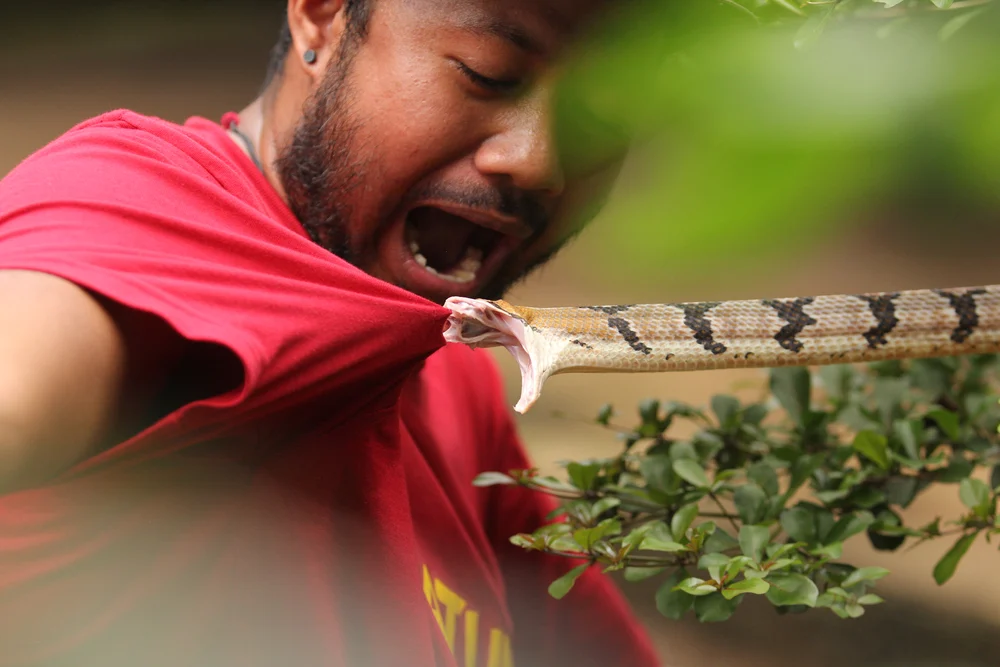“Are there snakes in Hawaii?” or “Does Hawaii have snakes?” could be the most common questions regarding a Hawaii trip. Read our post to find out the answer to your concerns.
Are There Snakes In Hawaii?
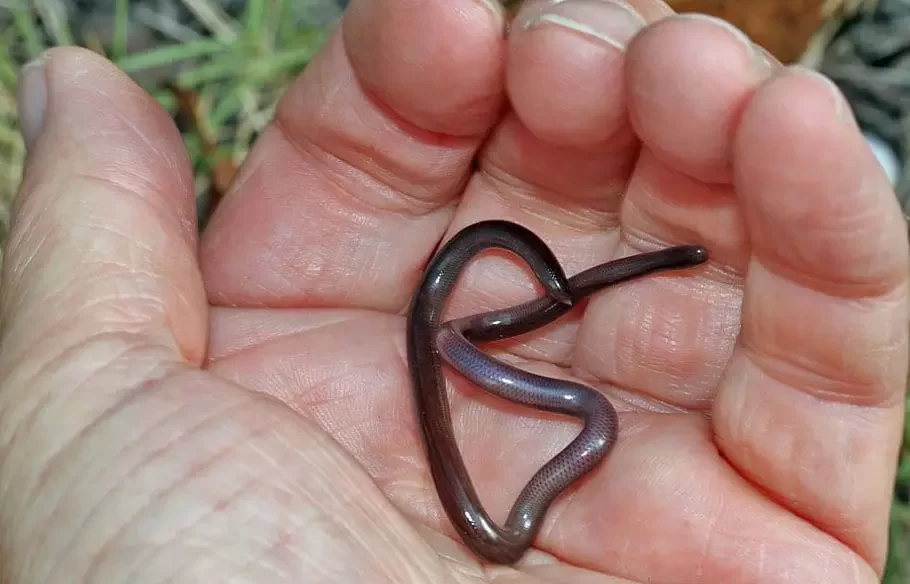
To answer your question “Does Hawaii have snakes?”, or “Are there snakes in Hawaii?”, our answer is yes. The probability of encountering snakes in Hawaii is even great. Don’t worry, though, most of the Hawaii snakes are not harmful to humans.
On the contrary, they are even kept for agricultural purposes or to balance the ecosystem. Unless you visit Honolulu zoo, where there are other dangerous snakes, snakes in the wild hardly pose a significant threat to people.
But Why Does Hawaii Have So Strangely Few Snakes?
In The Past
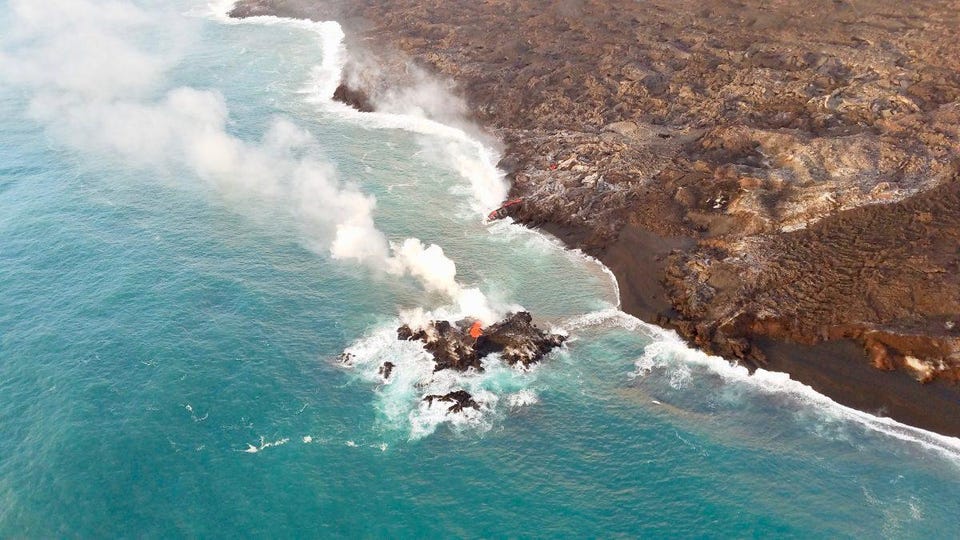
A tropical environment with luxuriant forests like Hawaii must be an ideal place for snakes to thrive, right? However, in fact, Hawaii has almost no official native snake species. And as we mentioned above, the number of snakes in Hawaii is also minimal.
There is a reason why Hawaii has no native snakes. The entire Hawaiian Islands were formed by underwater volcanoes million years ago. As a result, it is like an isolated island.
After rising from the sea, life such as birds and plant seeds began to appear on the islands. All of them could fly to the islands or be carried by the wind. Meanwhile, it was hard for animals to reach here, including land snakes.
Nowadays
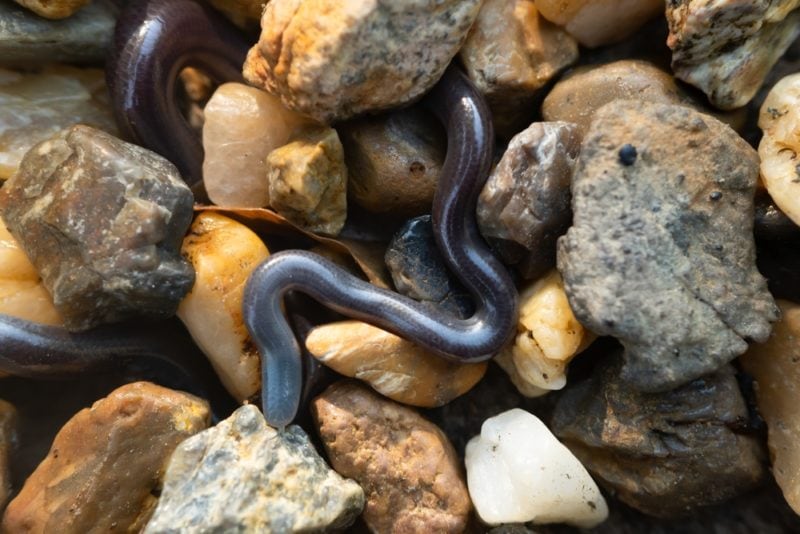
The number of snakes in Hawaii is still small due to government intervention. It’s even illegal to have a snake as a pet here. And they do this to protect their already-fragile ecosystem.
As we mentioned above, there are almost no native snakes in Hawaii, which leads to the fact that they have no natural enemies. As a result, they could wreak devastation on other nature inhabitants if they were ever let into the wildlife. Their presentation is undoubtedly an alarming threat to the Hawaiian environment.
Therefore, the Hawaiian government enacted strict laws for illegal snake owners. Accordingly, you will be fined $200,000 and sentenced to 3 years in prison for this crime.
How Did Snakes Appear In Hawaii?
Some came accidentally as they were in ship or plane cargo. Otherwise, people intentionally brought them to the islands as their pets. And when they got bored, they released them into nature.
Types Of Snakes In Hawaii
Only two snake species could survive and spread over the islands, Yellow-Bellied Sea Snake and Brahminy Blind Snake.
Yellow-Bellied Sea Snake
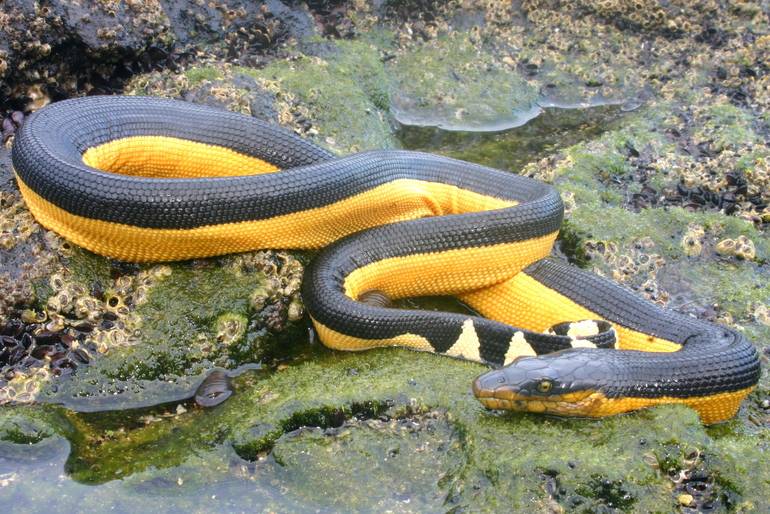
This poisonous snake is easily recognizable due to its bright colors. Don’t touch it even if it looks like it’s dead. Their toxic venom can cause paralysis and death if not treated quickly.
Thou it’s highly unlikely, report it immediately to the local authorities if you see it.
Brahminy Blind Snake
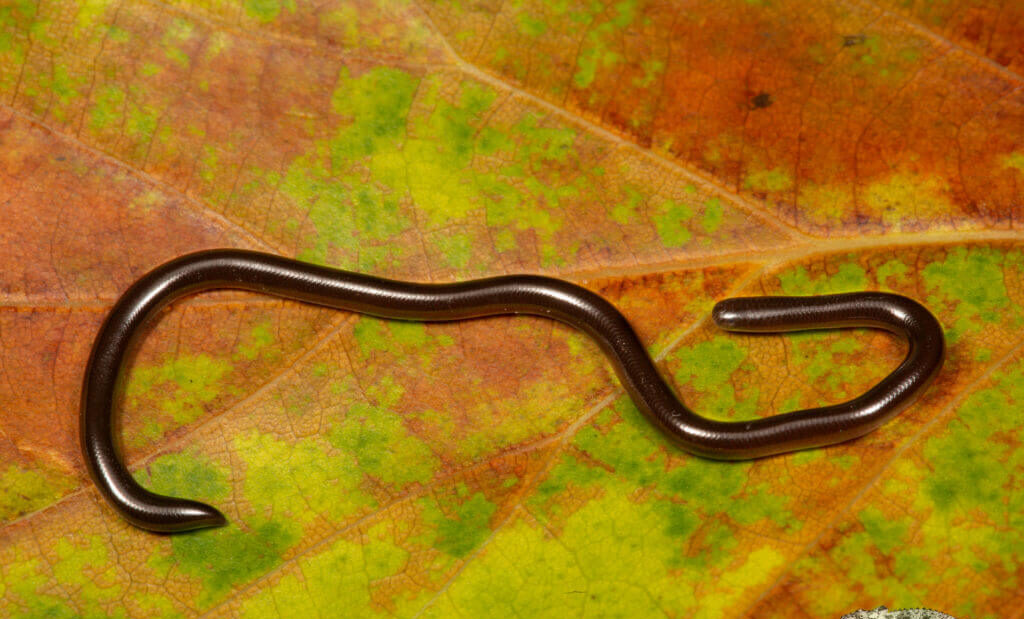
Brahminy Blind Snake is one of the smallest snakes in the world. It never grows more than 20 cm. They are basically blind but are sensitive to light. They are totally non-venomous and harmless to humans.
Other Types Of Snakes In Hawaii
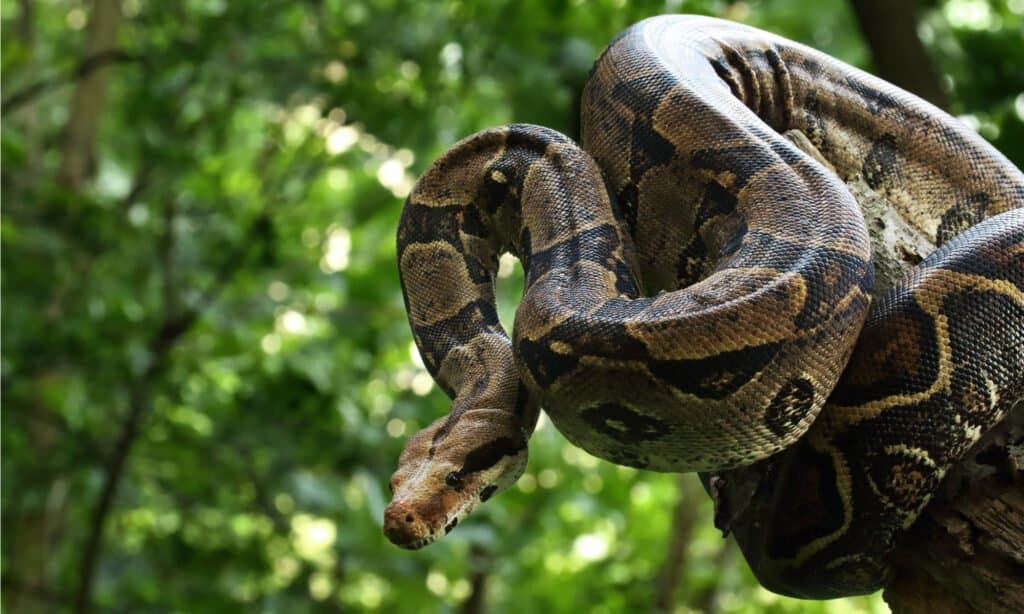
- Boa Constrictor – It’s not venomous. It likes eating small animals such as birds and house pets.
- Ball Python – Colorful and non-venomous. Despite its big scary size of about six feet long, it’s totally harmless.
- Garter Snake – It has stripes along its body and sometimes spots. Just like the two kinds of Hawaii snakes above, it’s non-poisonous.
- Brown Tree Snake – Like other snakes, they eat small birds and mammals. Their bite is dangerous to humans. It has a yellow to dark brown back, with a yellow or cream underside.
What To Do When Encountering Snakes In Hawaii?
First and foremost, stay calm. Snakes will only attack when they feel threatened. So, try not to scream or shout. Your loud voice certainly scares them. Instead, slowly back away and give it plenty of space.
If the snake is nonvenomous, just leave it alone. If it is venomous and you get bitten, look for medical help instantly.
What To Do When Bitten By A Snake?
- Firstly, call 911
- Secondly, try to remember the shape and color of the snake
- After that, stay calm and wait for aid to arrive
- MUST NOT suck out the venom or cut the wound
Related Posts You Can Read:
Why New Zealand and Australia Are Completely Distinct from One Another
